ido59
Majuri
IAEA ja länsi ilmeisesti valvovat online-kameroilla Iranin ydinlaitoksien toimintaa
Follow along with the video below to see how to install our site as a web app on your home screen.
Note: This feature may not be available in some browsers.
IAEA:n prosessien peruskauraa. Noita kameroita on varmasti kymmenittäin Loviisassa ja Olkiluodossa myös. Iran on uhitellut myös noita härkkimällä säännöllisen epäsäännöllisesti.IAEA ja länsi ilmeisesti valvovat online-kameroilla Iranin ydinlaitoksien toimintaa
Iran on Tuesday said it still believes that negotiations can succeed to revive the 2015 nuclear deal with world powers, despite a recent rebuke from the UN nuclear watchdog.
Tehran last week condemned as "unconstructive" a move by the International Atomic Energy Agency to censure the country for failure to cooperate over its nuclear programme.
It also disconnected some of its cameras at nuclear sites, a move the IAEA warned could deal a "fatal blow" to negotiations to revive the nuclear deal.
"We believe negotiations and diplomacy are the best ways to reach the final point of the agreement," Iranian Foreign Minister Hossein Amir-Abdollahian said during a joint press conference with his Pakistani counterpart Bilawal Bhutto Zardari in Tehran.
Talks began in April last year to bring the United States back into that landmark agreement, after then president Donald Trump withdrew in 2018 and left it hanging by a thread.
The negotiations also aim to lift sanctions on Iran and bring it back into compliance with nuclear commitments it made to world powers as part of the deal.
But the ever-delicate dialogue has been stalled since March.
The IAEA's Board of Governors on Wednesday adopted a resolution censuring Iran for failing to adequately explain the previous discovery of traces of enriched uranium at three sites which Tehran had not declared as having hosted nuclear activities.
- Iran says US accepted proposal -
Amir-Abdollahian said that prior to the IAEA's move, Tehran had put forward a new initiative that the US had accepted, adding that Washington nonetheless moved to submit the resolution censuring Iran.
In Washington, State Department spokesman Ned Price declined to discuss specifics but said the United States was in regular contact with EU envoy Enrique Mora, who has been coordinating negotiations.
Iran "needs to decide to drop issues that are extraneous to the JCPOA", Price said, using the formal name for the deal, the Joint Comprehensive Plan of Action.
"We believe that if Iran makes this political decision, we'll be in a position to conclude and to pursue a mutual return to compliance with the JCPOA very swiftly," Price said.
"If Iran does not do that, it will further imperil the odds that we will ever be able to reach a mutual return to compliance with the JCPOA."
The United States has argued that Tehran's demand that Washington remove the powerful Revolutionary Guards from a terrorism blacklist is peripheral to discussions, although it can discuss the issue later.
Amir-Abdollahian promised that the Islamic republic would not abandon diplomacy through the European Union.
Iran "will not distance itself from... diplomacy and negotiations to reach a good, strong and lasting agreement," he said.
The JCPOA gave Iran sanctions relief in exchange for curbs on its nuclear programme to guarantee that it could not develop a nuclear weapon -- something Tehran has always denied wanting to do.
But the US withdrawal in 2018 prompted Iran to begin rolling back on its own commitments under the pact.
Iran's foreign ministry spokesman Saeed Khatibzadeh on Monday said all the measures the country has taken to scale back on its obligations under the accord are "reversible".

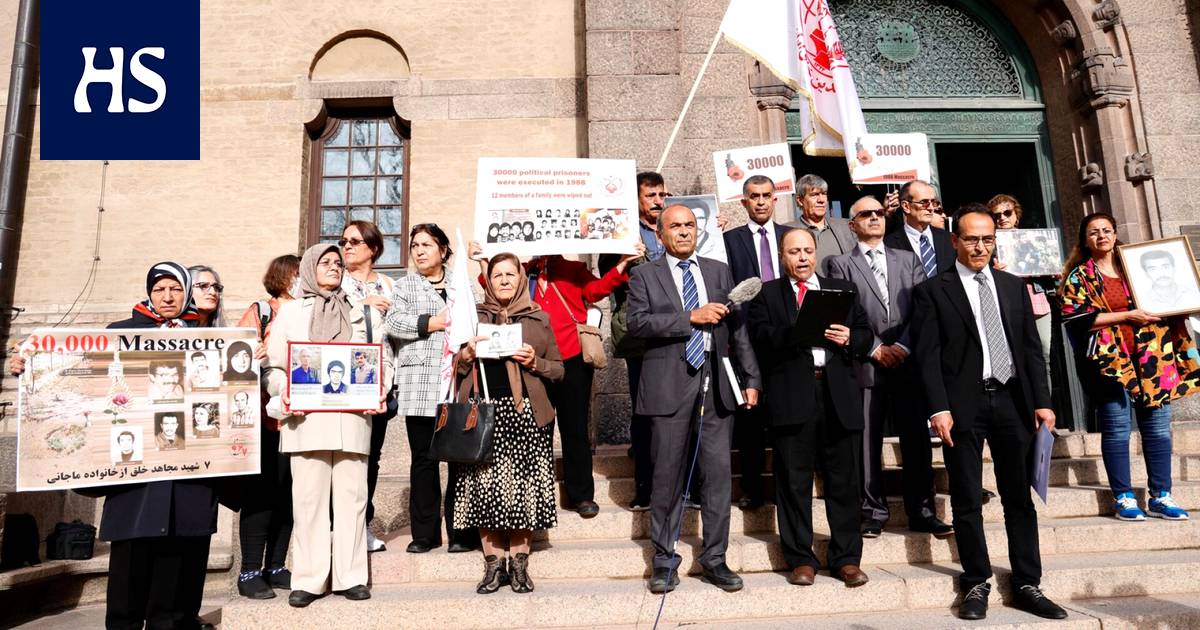

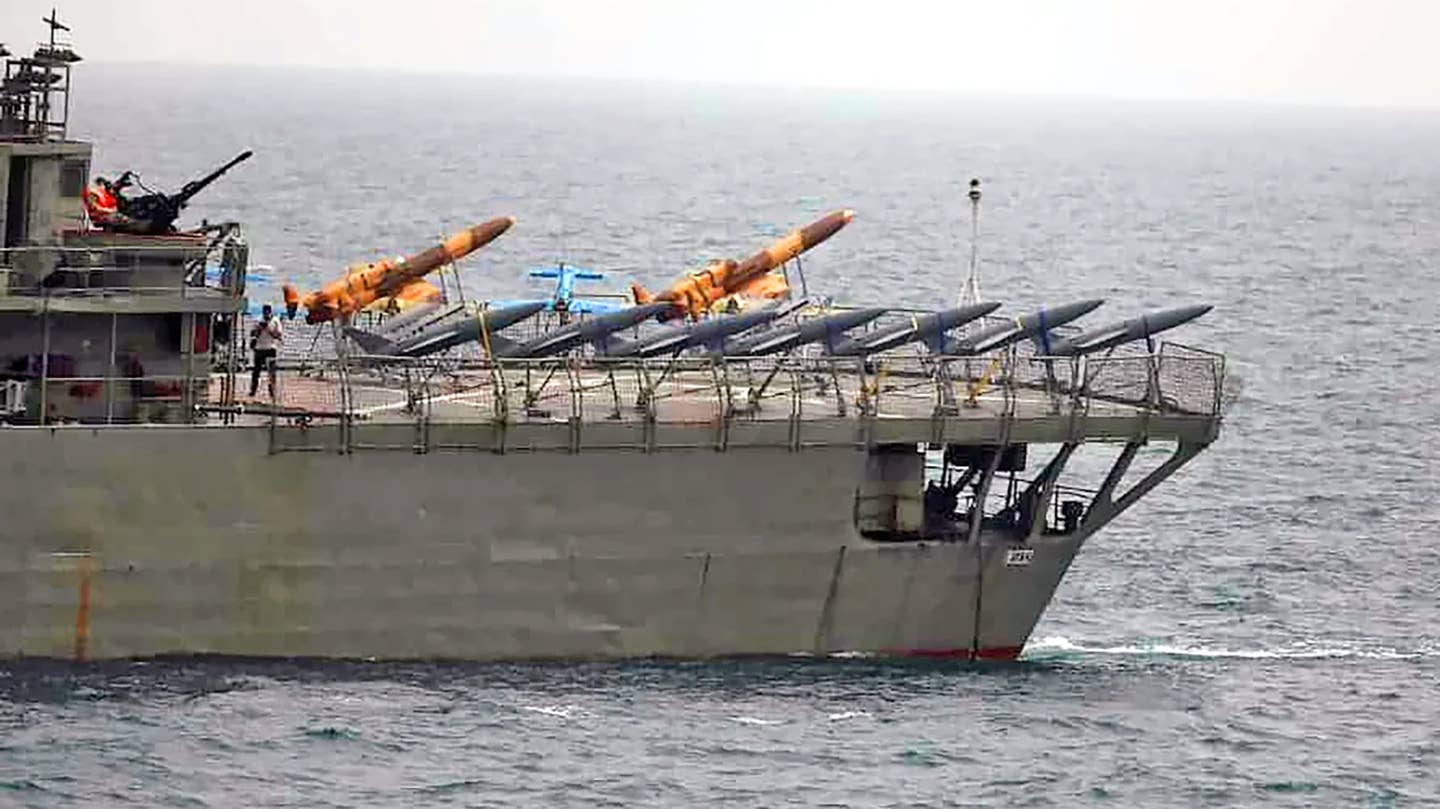
Iranian Navy has announced the introduction of what it's calling its inaugural “drone-carrier” division. A corresponding unveiling ceremony aired on Iranian state TV showing the navy launching drones from various ships and even a submarine. The display points to Iran's ongoing push to not only acquire more weaponized drone capabilities and capacity, but to deploy those systems via a diversified set of vectors — including from the sea.
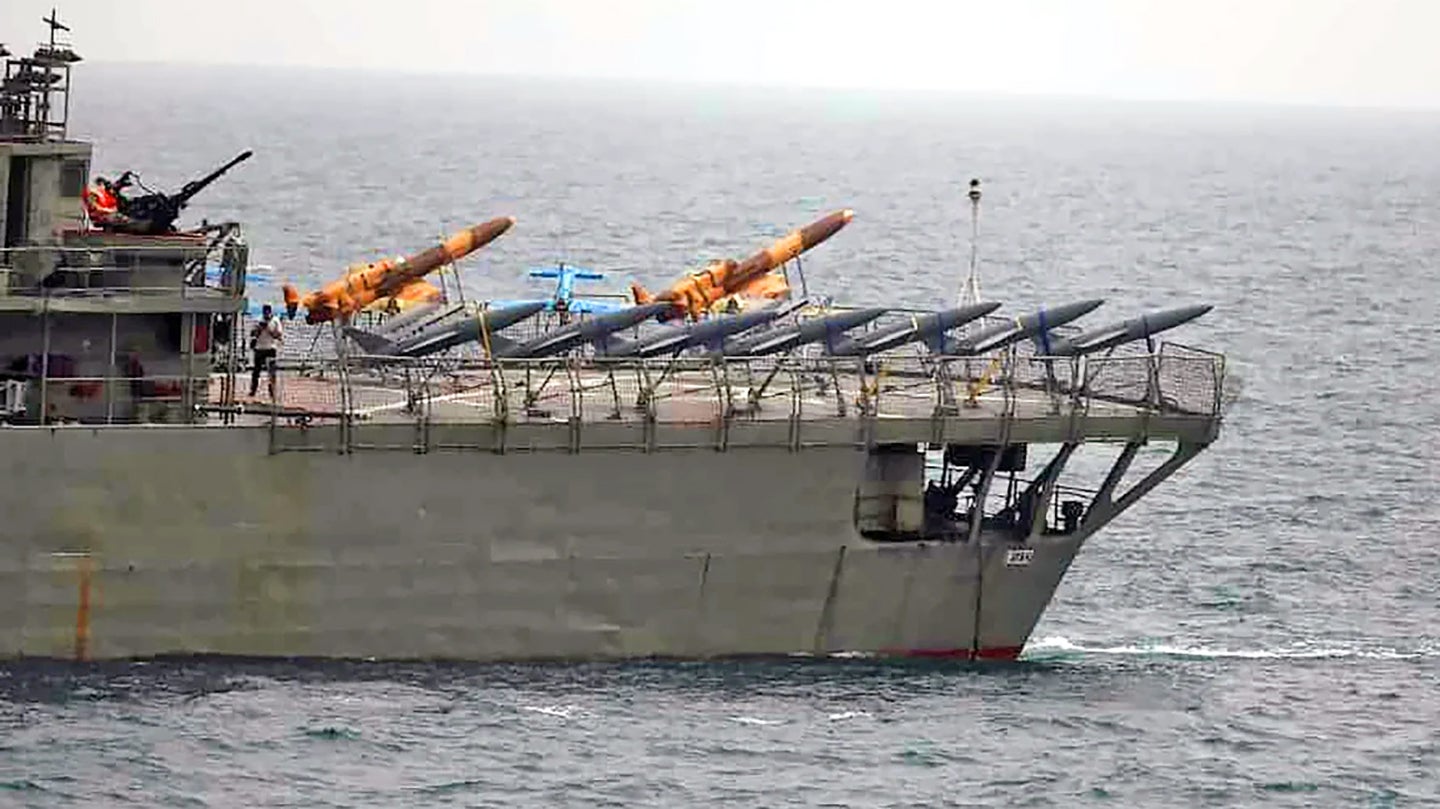
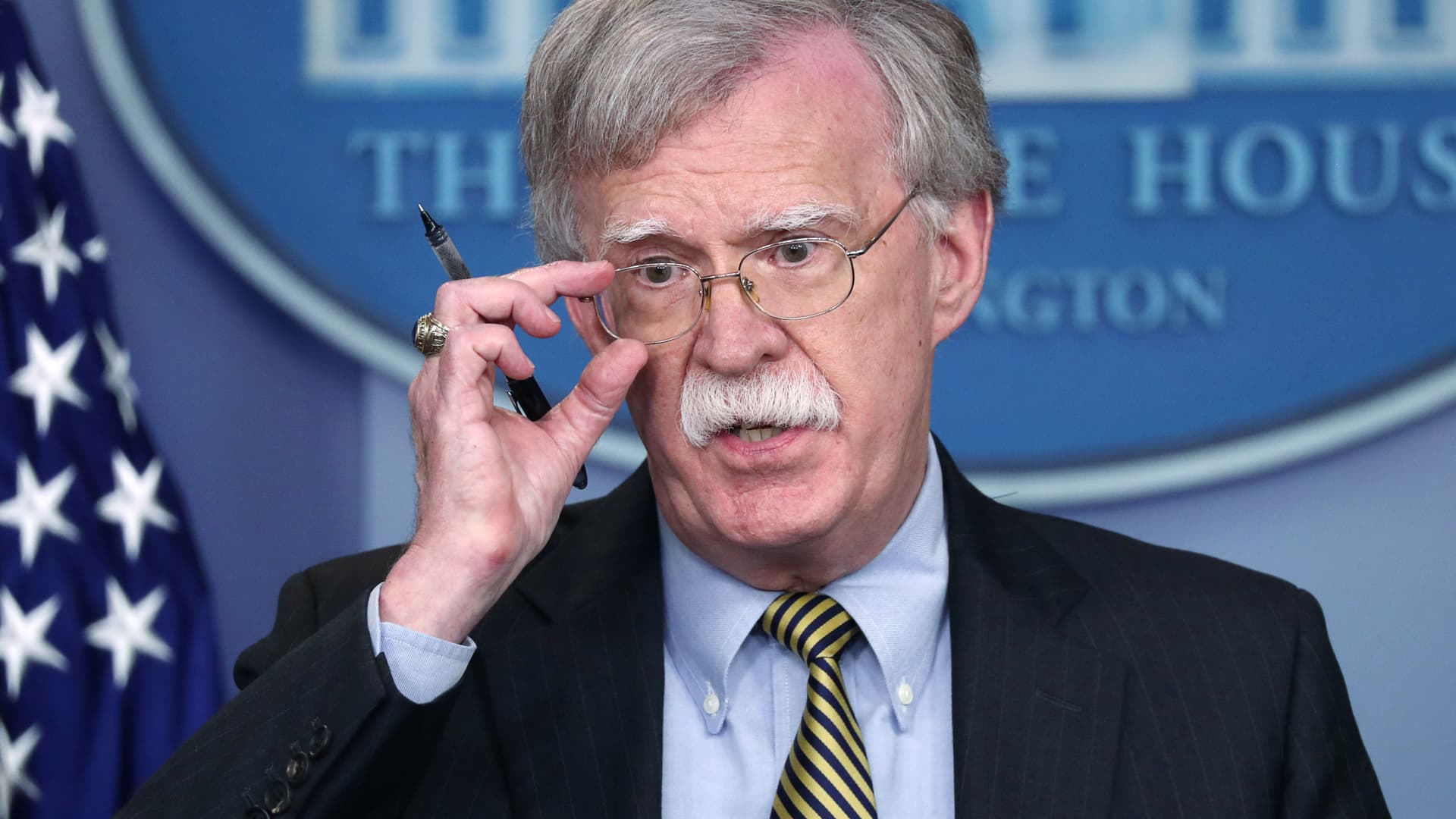
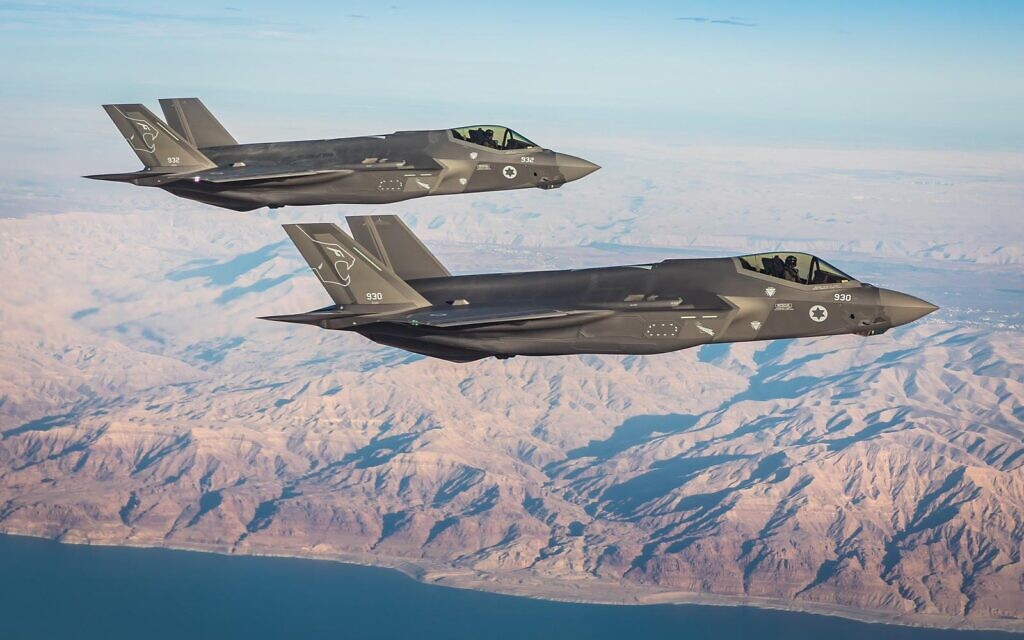
The Guard’s Shahid Baziar warship attached a line to the Saildrone Explorer in the central part of the Persian Gulf in international waters late on Monday night, said Cmdr Timothy Hawkins, a fifth fleet spokesman. The vessel then began towing the Saildrone Explorer, which carries cameras, radars and sensors for remotely monitoring the sea, Hawkins said.
The USS Thunderbolt, a navy coastal patrol boat, as well as an MH-60 Seahawk helicopter, moved to shadow the Guard’s ship. The navy called the Shahid Baziar by radio to identify the drone as American, Hawkins said.
“Our response was one that as such made clear that this was US government property and was operating in international waters and that we had every intention to take action if necessary,” the commander told the Associated Press.
Hawkins said the incident ended peacefully after some four hours as the Iranians unhooked the tow line to the drone and left the area as the American forces were nearby.
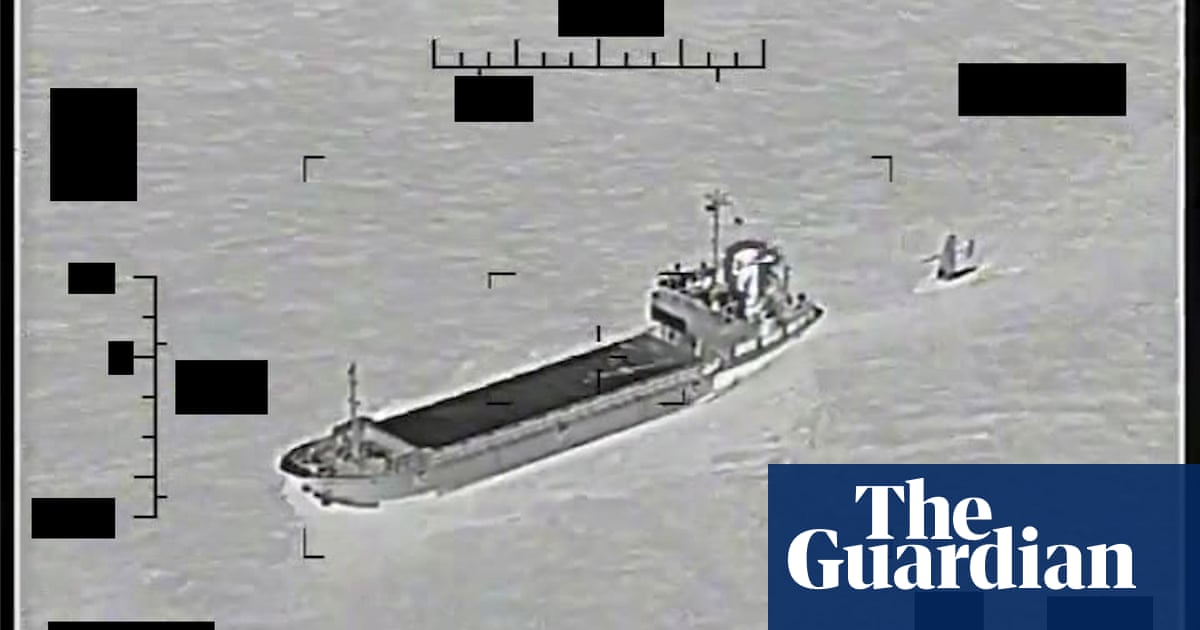
The Iranian government is planning to use facial recognition technology on public transport to identify women who are not complying with a strict new law on wearing the hijab, as the regime continues its increasingly punitive crackdown on women’s dress.
The secretary of Iran’s Headquarters for Promoting Virtue and Preventing Vice, Mohammad Saleh Hashemi Golpayegani, announced in a recent interview that the government was planning to use surveillance technology against women in public places following a new decree signed by the country’s hardline president, Ebrahim Raisi, on restricting women’s clothing.
The decree was signed on 15 August, a month after the 12 July national “Hijab and Chastity Day”, which sparked countrywide protests by women who posted videos of themselves on social media with their heads uncovered on streets and on buses and trains. In recent weeks, the Iranian authorities have responded with a spate of arrests, detentions and forced confessions on television.
“The Iranian government has long played with the idea of using facial recognition to identify people who violate the law,” said Azadeh Akbari, a researcher at the University of Twente, in the Netherlands. “The regime combines violent ‘old-fashioned’ forms of totalitarian control dressed up in new technologies.”
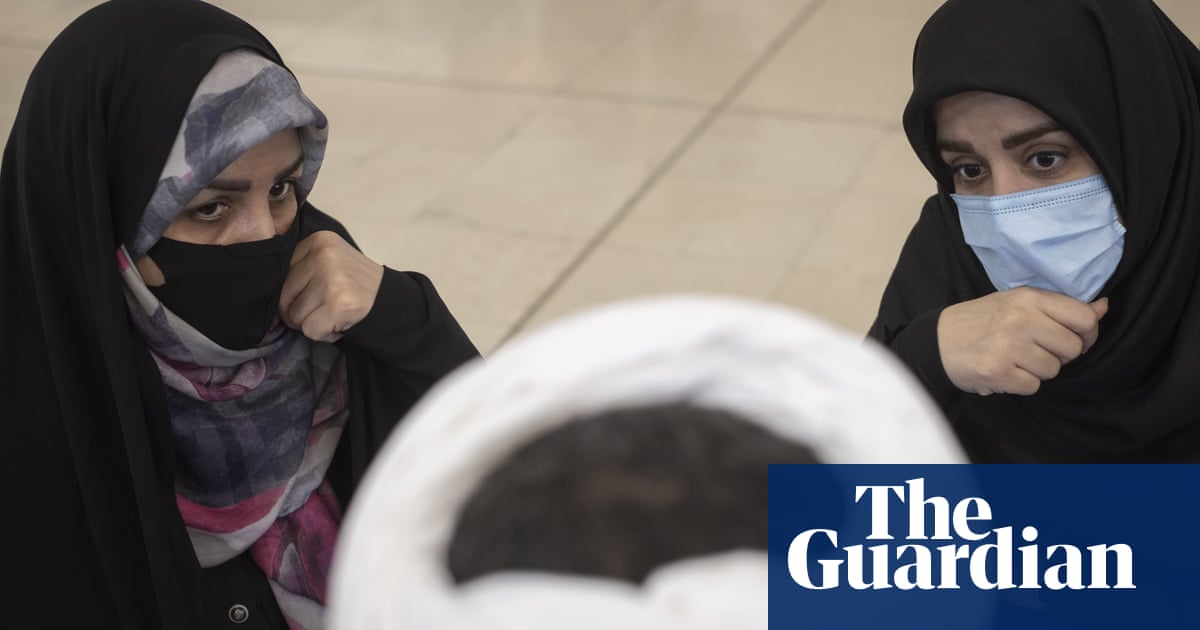
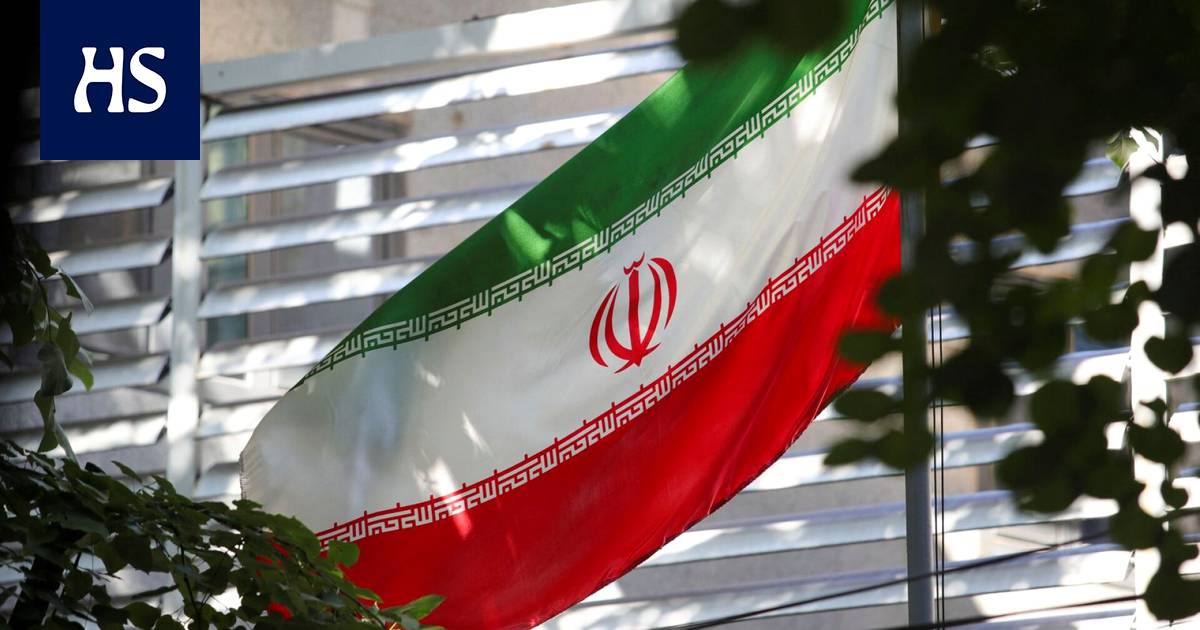
Iran taitaa olla näitä maita, joissa kansa on keskimäärin paljon maltillisempaa ja realistisempaa kuin johtajansa. Iranista olisi voinut tulla hieno maa, jos shaahin tilalle ei olisi tullut nuo islamistit. Se oli varsin maallinen valtio ennen islamistivallankumousta, ja historiallisesti Persia oli merkittävä ja kehittynyt valtio, yksi sivilisaatiomme keskeisistä hautomoista.–A large and stable majority of Iranians still rejects the idea of having nuclear weapons, despite lower knowledge of the fatwa declaring them to be un-Islamic and the Nuclear Nonproliferation Treaty’s prohibition. A large majority also say if Iran chose this path, it would succeed.
–Enthusiasm for economic self-sufficiency has cooled, while interest in trade has increased. For the first time, more Iranians want to strengthen relations with Europe than with Asia.
– A clear majority views Russia’s attack on Ukraine as illegitimate aggression, not justifiable self-defense, but the public is divided about whether Iran should do more to oppose the war. A majority currently holds an unfavorable view of Russia -- a reversal since September 2021.
–Slightly under half approve of the JCPOA (tämä kai siis se Iranin ydinvoimasopimus joka nyt ollut jäissä); fewer than half now expect it will be restored. Large majorities say that Iran’s economy would improve if the JCPOA is restored and stay roughly the same as it is now if that does not happen.
Mullah Khamenei sanoi:
Amerikkalaisten ja brittiläisten rokotteiden maahantuonti on kielletty.
Jerusalem Postin mukaan iranilainen hakkeriryhmä aikoo paljastaa 50GB Iranin atomiprojektien tietoja. Seurataan.
Jotain taisivat jo julkaista:
